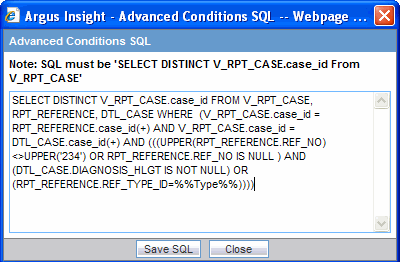Applying Where after Group By. Can we use group by and where condition. Here are some examples of how you can use them. Only include countries with more than customers.
SELECT COUNT(Id), Country FROM. AVG(titles.price) FROM titles INNER JOIN publishers ON titles. SUM() function with group by. The aggregate functions summarize the table data. Once the rows are divided into groups , the aggregate functions are applied in order to return just one value per group.
Each same value on the specific column will be treated as an individual group. HAVING is used to filter values after they have been groups. Only columns or expression in the group can be included in the HAVING clause’s conditions. Keep your team up-to-date with the latest techniques in data science.
Here is an example where we are listing OrderI excluding quantities greater than 100. It allows you to collapse a field into distinct values. Learn all you need to know in this tutorial. Summarize grouped values with aggregates. In the Group By column, select Where from the list of group and summary options.
For each group , you can apply an aggregate function e. I was wondering if I can use group by on two set of data which I merged together by using UNION ALL. How would I group field A again after they have been unioned together? SQL Aggregate Functions. For example, the following query extracts the year from the order date.

Order By, Group by helps to Sort and Group data in SQL. Hey, I am Pranay Rana, working as a Team Leadin MNC. The EXIST clause uses a correlated sub query. The outer query is correlated to the inner query by SalesPersonID.
Only SalesPersons with SalesYTD greater than three million are included in the. It is typically used in conjunction with aggregate functions such as SUM or Count to summarize values. Rather than returning every row in a table, when values are groupe only the unique combinations are returned.
My understanding is group by clause seems to already have a sorting functionality. A stream aggregate requires the data to be sorted by the group by keys. This can be either supplied by an index or might need an explicit sort. GROUP BY returns one records for each group. Hi Can anyone tell me the sequence in which below clauses can be placed: Where, Group By, Having, Order by Moreover can we use Having after where and.
Group By clause is used for getting aggregate value (example: count of, sum of) in one or more columns with reference to a distinct column in a table. May as well drop the parenthesis as not needed. While date and time are actually completely different data types, they are often merged into a datetime data type. WHERE operates on individual rows, and is used to select which rows will participate in grouping. HAVING operates on groups , and is used to select which groups will be returned.
The difference between WHERE and HAVING clause are: The WHERE clause is used to filter rows before the grouping is performed. The HAVING clause is used to filter rows after the grouping is performed. Let’s take a look at the WHERE and HAVING clauses in more detail. Must they co-exist at the same time? Filtering Groups with HAVING.
For top n per group you can simply use ROW_NUMBER() with a PARTITION clause, and filter against that in the outer query. I have read the privacy statement and understand I may unsubscribe at any time. Notice that the HAVING clause applies a filter condition to each group of rows, while the WHERE clause applies the filter condition to each individual row.
Sur une table qui contient toutes les ventes d’un magasin, il est par exemple possible de liste regrouper les ventes par clients identiques et d’obtenir le coût total des achats pour chaque client.
Keine Kommentare:
Kommentar veröffentlichen
Hinweis: Nur ein Mitglied dieses Blogs kann Kommentare posten.